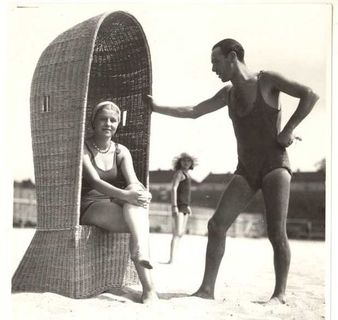Vacation Or Bust!

Held at the Hipolit House, the exhibition entitled Taking the Waters presents popular ways of spending leisure time in the nineteenth and at the beginning of the twentieth centuries. It has been conceived as a supplement to the permanent exhibition showing the interior of an old-time burgher house and an encouragement for visitors to look out for their grandparents’ holiday mementoes and memoirs.
People have been going to health resorts since the Middle Ages. That custom spread in the nineteenth century, reinforced by scientific studies of the recuperative properties of mineral waters and a development of tourism infrastructure; clients were provided with modern bathing facilities, a growing number of accommodation options, and a diversified offer of additional entertainment. Also, more and more people were spending holidays in the mountains, which became accessible for an average tourist at that time, and the 1920s and 1930s – when Poland had only gained access to the Baltic – saw a soaring popularity of trips to the seaside.
A lengthy trip required some calculated packing. Tourists transported their belongings in chests, trunks, suitcases and valises equipped with compartments, drawers and hangers for a better protection of clothes from getting creased or damaged. They often took along miniature versions of everyday articles, such as a record player or toiletries in a protective case, both on display at the exhibition.
Nineteenth-century residents of Kraków usually travelled by horse-drawn carriages, and from 1847, by rail. Nearly a hundred years later, in 1936, the then modern, de luxe railcar known as Luxtorpeda appeared on the Polish tracks.